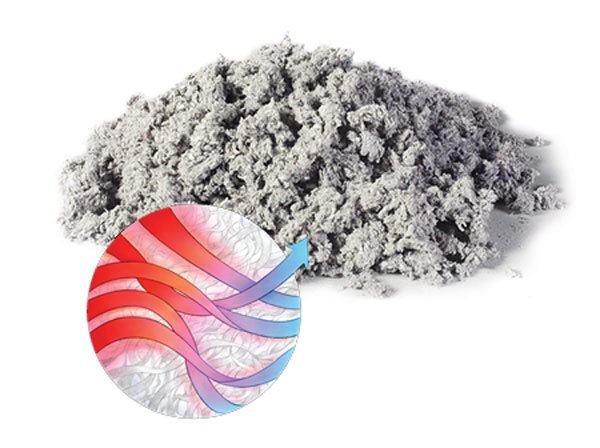How it Works: Heat Transfer Through Insulation
Insulation is an incredibly effective way of making sure that conditioned indoor air stays indoors.

Synopsis: Insulation is an incredibly effective way of making sure that conditioned indoor air stays indoors and is unaffected by unconditioned outdoor conditions. Still, heat can be transferred through insulation. In this “How It Works” article, FHB associate editor Rob Yagid examines the ways that heat moves through different types of insulation. Heat moves via radiation, conduction, and convection. The higher the insulation’s R-value, the better able it is to resist the transfer of heat from conditioned to unconditioned spaces.
In the article “New Insulation for Old Walls”, senior editor Justin Fink helps you to determine what types of insulation might be in your home and your options for upgrades that will increase performance. To get the most out of that article and to appreciate the performance potential of any type of insulation, it’s helpful to understand the basics of heat transfer through insulation. Here’s how it works.
HEAT MOVES IN THREE WAYS
Heat moves from the warm side of insulation to the cold side through three mechanisms: radiation, conduction, and convection. All three mechanisms are almost always at work simultaneously.
Radiation conjures images of solar-heat waves passing through a wall or roof assembly into a home, much like radio waves. But that’s not really how radiation heats your home. Radiation is a term used to describe the transfer of heat from one object to another through an airspace. While the siding on your house blocks a lot of the sun’s radiation, radiation can take place on a much smaller scale in and around the insulation within the cavity.
Conduction is the transfer of heat between two objects that are touching. High-density insulation materials have a lot of solid matter in contact. Conductive materials—mineral wool or fiberglass—transfer heat more easily and rely on trapped air (which has a low conductivity) for insulating performance. That’s why these types of insulation don’t make quality dense-insulation products, as do less conductive materials, such as spray foam or even cellulose.
Although air trapped inside insulation helps its performance, moving air (convection) kills it. Convection can occur when cold air around or inside the insulation displaces hot air, causing it to rise. This puts into motion a cyclical flow of air known as a convective loop. As warm air is pushed up toward the cold side of insulation, cold air flows down toward the warm side of the insulation and helps to transfer heat out of the home in the winter and into it during the summer.
For illustrations on how heat transfers through fiberglass, cellulose, and spray foam, click the View PDF button below.
Fine Homebuilding Recommended Products
Fine Homebuilding receives a commission for items purchased through links on this site, including Amazon Associates and other affiliate advertising programs.

Utility Knife

Great Stuff Foam Cleaner

Nitrile Work Gloves




























